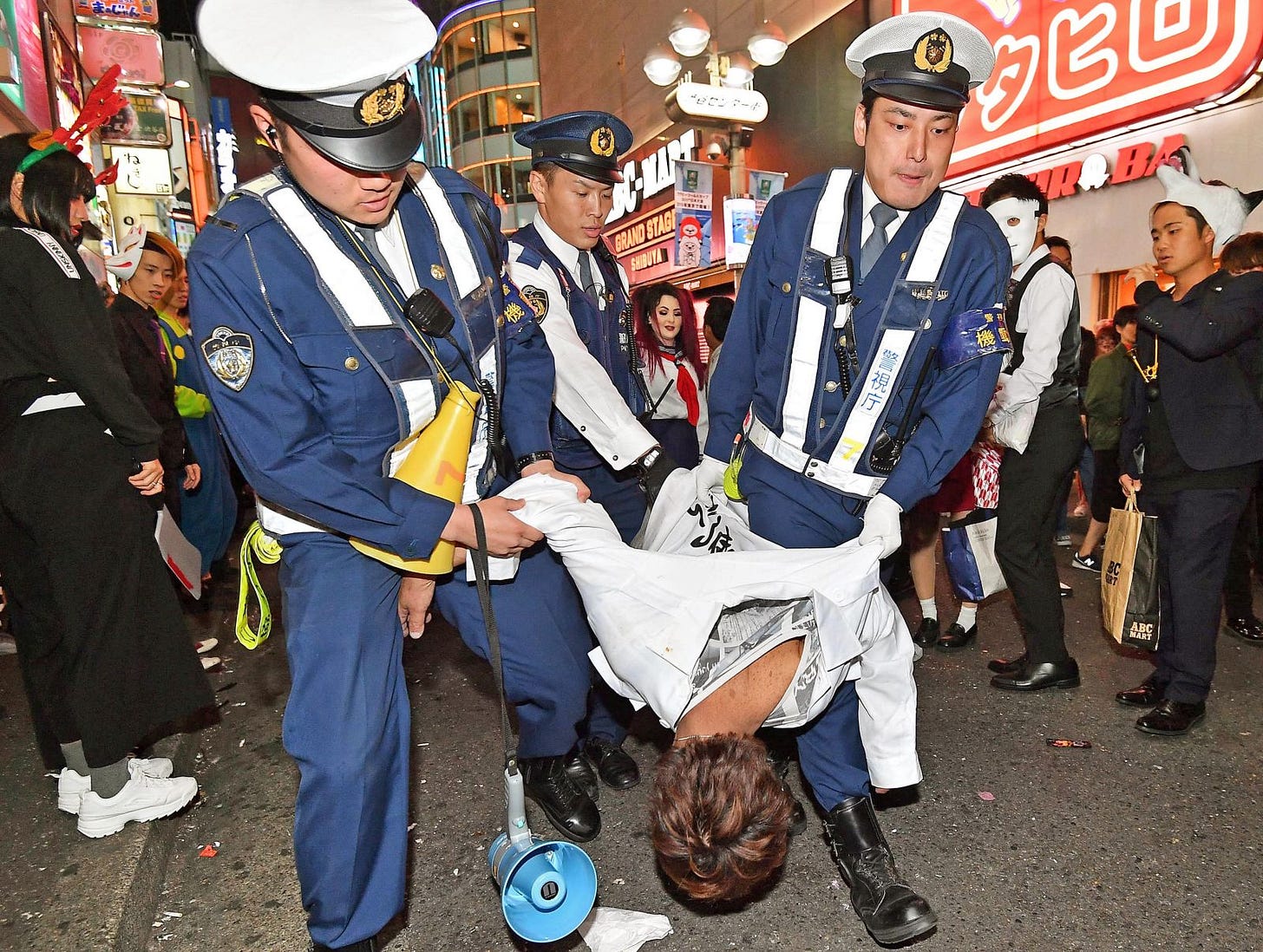Halloween Spooks Shibuya
A neighborhood’s love-hate for the holiday boils over
Japan is a famed home and haven for cosplay. You might naturally expect the nation to embrace Halloween with a fervor, and increasing numbers of revelers do. Shibuya is Japan’s most popular gathering spot for Halloween parties, but the Tokyo ward has decidedly mixe…




